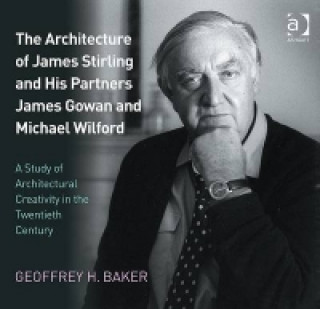
Kod: 04782309
Architecture of James Stirling and His Partners James Gowan and Michael Wilford
Autor Geoffrey Howard Baker
Sir James Stirling was arguably the greatest British architect of the twentieth century, and of comparable interest and stature to Sir Edwin Lutyens. This book provides the most comprehensive critical survey of Stirling's work to ... więcej
- Język:
 Angielski
Angielski - Oprawa: Twarda
- Liczba stron: 512
Wydawca: Taylor & Francis Ltd, 2011
- Więcej informacji o książce

Zobacz książki o podobnej tematyce
-
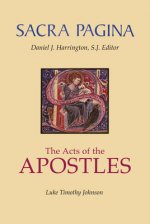
Acts of the Apostles
382.79 zł -

Pathfinder Player Companion: Giant Hunter's Handbook
65.77 zł -
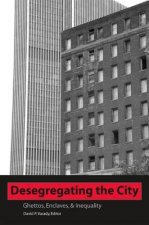
Desegregating the City
529.47 zł -
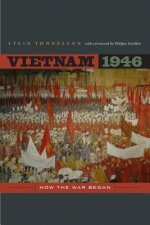
Vietnam 1946
472.96 zł -

Cops, Soldiers, and Diplomats
308.65 zł -
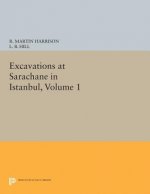
Excavations at Sarachane in Istanbul, Volume 1
492.40 zł -
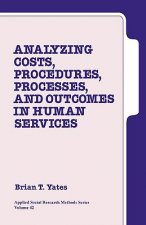
Analyzing Costs, Procedures, Processes, and Outcomes in Human Services
507.41 zł
Podaruj tę książkę jeszcze dziś
- Zamów książkę i wybierz "Wyślij jako prezent".
- Natychmiast wyślemy Ci bon podarunkowy, który możesz przekazać adresatowi prezentu.
- Książka zostanie wysłana do adresata, a Ty o nic nie musisz się martwić.
Więcej informacji o Architecture of James Stirling and His Partners James Gowan and Michael Wilford
Za ten zakup dostaniesz 506 punkty
 Opis
Opis
Sir James Stirling was arguably the greatest British architect of the twentieth century, and of comparable interest and stature to Sir Edwin Lutyens. This book provides the most comprehensive critical survey of Stirling's work to date, charting the development of his ideas during four turbulent architectural decades. It is divided into four chronological sections: his formative years; his partnership with James Gowan; his period in practice as sole partner; and finally, his partnership with Michael Wilford. Using archival material, extensive interviews with his partners and others who worked for him, together with analytical examination of key buildings, this detailed critical examination explains his philosophy, working method and design strategy. In doing so, it sheds new light on the atelier structure of his office and who did what on his major buildings. "Discussions with James Gowan" reveal the extent of the partners' research into architectural theory that made a major contribution to the design strategy at the Leicester University Engineering Building. These discussions also highlight differences in the personalities in the two men - where they were complimentary and where there was conflict. James Gowan also explains why the partnership ended. Michael Wilford discusses his role during his long association with Stirling and Leon Krier provides his own insight into Stirling's idiosyncratic character. Geoffrey Baker is the first to analyse in depth the articulation systems used in major projects undertaken by Stirling and confirms that the State Gallery and Chamber Theatre at Stuttgart is not a demonstration of Stirling's interest in post-modernism, but an example of his growing allegiance to the classical canon in architecture. In addition to providing the first major documentation of this, it highlights in particular Stirling's debt to Karl Friedrich Schinkel, the distinguished German neo-classicist. In a discussion of his mature works, including the Performing Arts Center at Cornell University, the Wissenschaftszentrum in Berlin and the Headquarters of Braun A G at Melsungen, Baker explains how his work can be understood in terms of several interconnected ideas. These include surrealism, historicism, myth and metaphor, inconsistency and ambiguity, bi-lateral symmetry, the garden, rusticity and arcadia, and the archetype, seen as the repository of the collective architectural memory. As well as discussing his interests and those who influenced Stirling, the book compares his oeuvre with that of the pioneers of modern architecture, Mies van de Rohe, Frank Lloyd Wright, Alvar Aalto and Le Corbusier. Overall, this book stresses how James Stirling saw the inadequacies of modern architecture. It argues that, to combat this, he made a serious attempt to align his output with the architectural continuum. It shows how the influence of the Pantheon, the great Italian architects of the Renaissance and their Mannerist successors and the rich architectural heritage of Britain can all be detected in his work. In particular, Stirling was influenced by important British architects, including Soane, Hawksmoor, Vanbrugh and Lutyens. Unlike most architects, James Stirling advocated an inclusive architecture that combined abstraction and the representational, the formal and the informal, traditional and high tech. Like his eclectic predecessors of the nineteenth century, he addressed the emotional realm of architecture with works that resonate with recollections of other periods, even other countries. Stirling's oeuvre chart a remarkable career, with major works that will continue to grow in importance as will his own reputation. He was always convinced that he had special gifts; he was charismatic, irreverent, courageous, serious; he could be rude, was stubborn, belligerent, gentle, witty, mischievous and cunning; he was endlessly inventive and deeply dedicated to his art, producing buildings that reflect all of the above, buildings that are magnificent and ultimately humane. He created a unique architecture for all men and all seasons, an architecture that transcends our time.
 Szczegóły książki
Szczegóły książki
Kategoria Książki po angielsku The arts Architecture Individual architects & architectural firms
868.15 zł
- Pełny tytuł: Architecture of James Stirling and His Partners James Gowan and Michael Wilford
- Autor: Geoffrey Howard Baker
- Język:
 Angielski
Angielski - Oprawa: Twarda
- Liczba stron: 512
- EAN: 9781409409267
- ISBN: 1409409260
- ID: 04782309
- Wydawca: Taylor & Francis Ltd
- Waga: 1756 g
- Wymiary: 245 × 219 × 32 mm
- Data wydania: 04. August 2011
Ulubione w innej kategorii
-
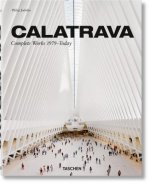
Calatrava. Complete Works 1979-Today
240.85 zł -5 % -
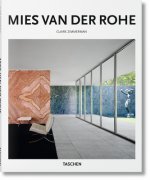
Mies van der Rohe
68.19 zł -4 % -

12 MILLION STUFFED SHARK
94.78 zł -
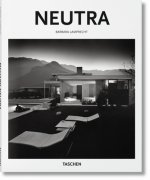
Neutra
65.57 zł -6 % -
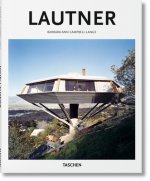
Lautner
85.82 zł -4 % -
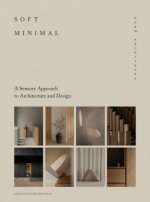
Soft Minimal
253.75 zł -23 % -

BIG. Hot to Cold. An Odyssey of Architectural Adaptation
210.63 zł -
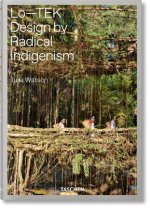
Julia Watson. Lo-TEK. Design by Radical Indigenism
161.68 zł -4 % -
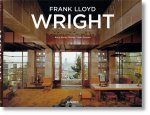
Frank Lloyd Wright
300.39 zł -5 % -

Gaudi
70.51 zł -23 % -
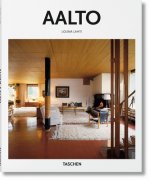
Aalto
72.62 zł -
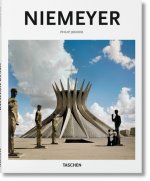
Niemeyer
80.38 zł -
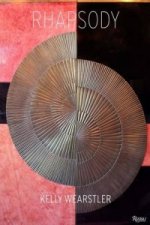
Rhapsody: Kelly Wearstler
162.08 zł -23 % -
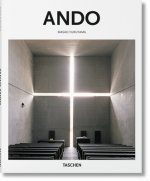
Ando
70.41 zł -23 % -
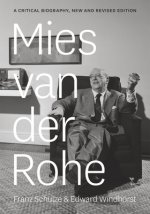
Mies van der Rohe
198.95 zł -

Future Systems
340.38 zł -
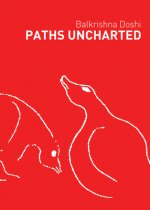
Paths Uncharted: Balkrishna Doshi
128.73 zł -14 % -
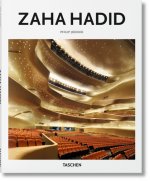
Zaha Hadid
59.53 zł -19 % -
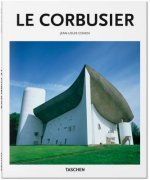
Le Corbusier
70.41 zł -23 % -

tHE Complete Zaha Hadid
139.01 zł -23 % -

Neutra. Complete Works
276.72 zł -23 % -

Jean-Louis Deniot
207.91 zł -23 % -
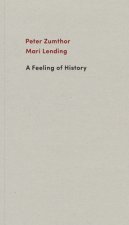
Feeling of History
135.28 zł -

Frank Lloyd Wright: Natural Design, Organic Architecture
162.08 zł -23 % -
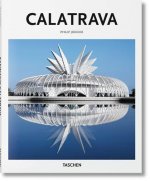
Calatrava
73.93 zł -
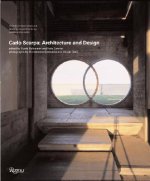
Carlo Scarpa
325.68 zł -5 % -
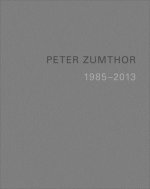
Peter Zumthor: Buildings and Projects 1985-2013
1063.68 zł -4 % -
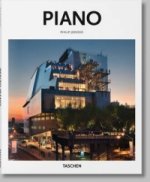
Piano
72.62 zł -
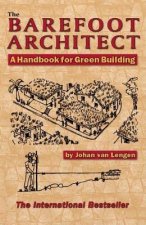
Barefoot Architect
125.61 zł -4 % -
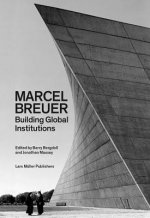
Marcel Breuer
134.58 zł -23 % -
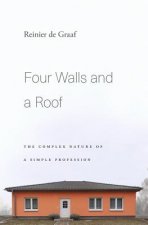
Four Walls and a Roof
170.94 zł -
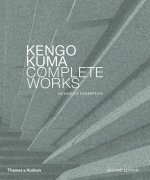
Kengo Kuma
221.61 zł -23 % -
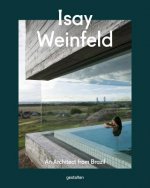
Isay Weinfeld
157.55 zł -25 % -
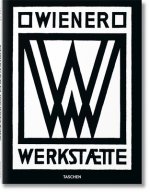
Wiener Werkstatte
139.01 zł -23 % -
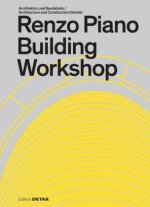
Renzo Piano Building Workshop
246.19 zł -9 % -
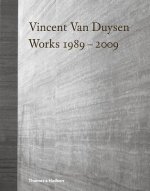
Vincent Van Duysen Works 1989-2009
230.88 zł -23 % -
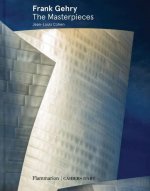
Frank Gehry: The Masterpieces
299.58 zł -23 % -
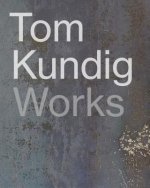
Tom Kundig: Works
185.05 zł -23 % -
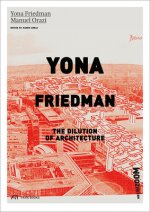
Yona Friedman. The Dilution of Architecture
179.61 zł -14 % -
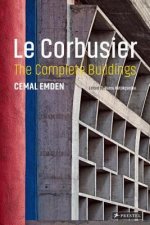
Le Corbusier
185.05 zł -23 % -

Kenzo Tange: Architecture for the World
235.32 zł -
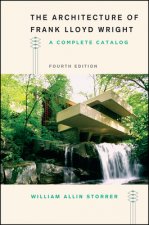
Architecture of Frank Lloyd Wright, Fourth Edition
178.90 zł -5 % -
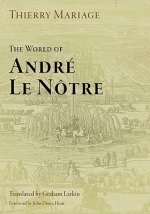
World of Andre Le Notre
145.25 zł -

Ancient Celtic Coin Art
32.13 zł -14 % -
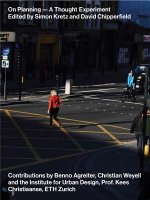
On Planning - A Thought Experiment
168.22 zł -
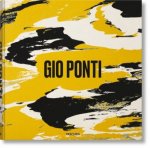
Gio Ponti
1004.25 zł -
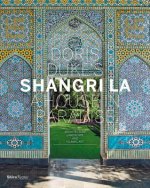
Doris Duke's Shangri-La
275.51 zł -
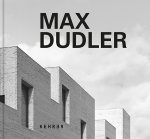
Max Dudler
250.32 zł -

2G Essays: Smiljan Radic
110.50 zł -5 %
zadowolonych klientów
Od roku 2008 obsłużyliśmy wielu miłośników książek, ale dla nas każdy był tym wyjątkowym.
Copyright! ©2008-24 libristo.pl Wszelkie prawa zastrzeżonePrywatnieCookies



 21 milionów książek
21 milionów książek Dostawa 10.99 zł
Dostawa 10.99 zł (32) 444 93 66 (8-15.30h)
(32) 444 93 66 (8-15.30h)